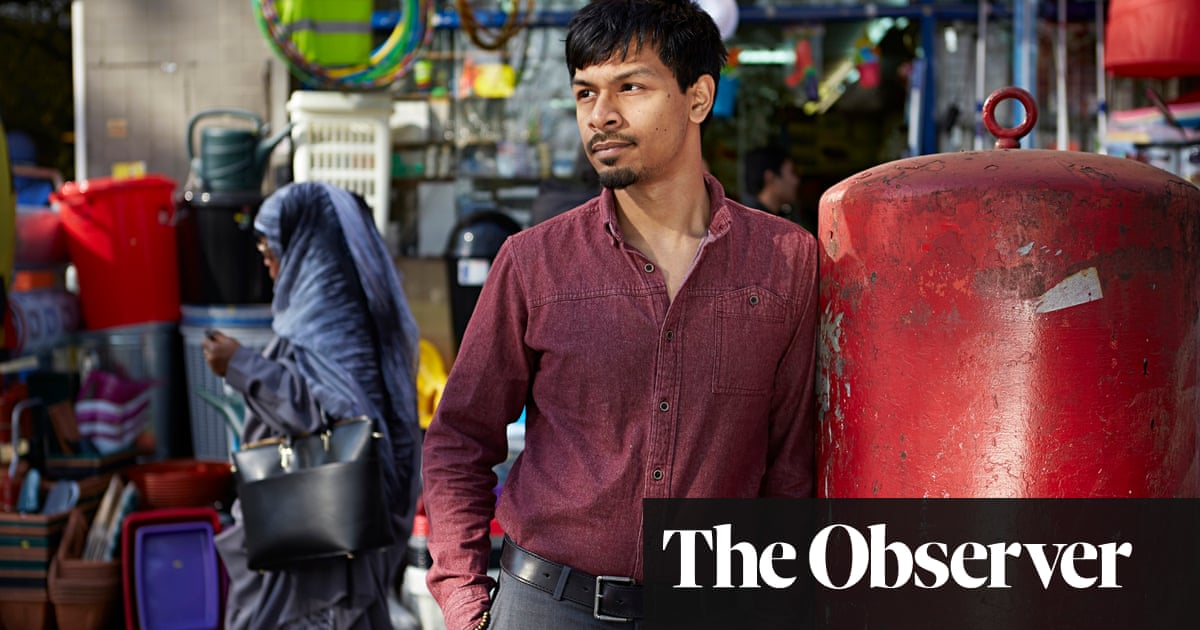Pakistanis are no longer much taller than Bangladeshis. Urban young population of Bangladesh has average 5’7 height now or more not much different than Pakistanis. Just for example look at the Bangladesh cricket team player now compared to the one in 1990s. I am close to 6’ and have hardly seen Pakistanis taller than me except few. Pakistanis have lost 4” height during the last 50 years where Bangladeshis have gained height mainly due to change of food habit and lifestyle. I won’t be surprised if Bangladeshis get more height then Pakistanis within the next few decades.
Look how tall South Korean, Japanese and Chinese are right now. Once upon a time they used to be treated as the shortest people on earth.
Height of Pakistanis has fallen 4 inches over 50 years, say experts
Cousin marriages, malnutrition have led to height decrease, reveals Professor Dr Iqrar Ahmad Khan.

tribune.com.pk
This one is also an interesting article to read:
How can you measure progress in a developing country? In Bangladesh, you can do it with a yardstick.Image via Akram Ali/CARE.Over the past 12 years, something incredible happened in Bangladesh: The kids grew taller than usual.It's a discovery that, at first, left many development and nutrition...

www.upworthy.com
Experts were pumped when they realized why Bangladeshi kids started growing taller.
Morgan Shoaff
08.04.16
How can you measure progress in a developing country? In Bangladesh, you can do it with a yardstick.
Image via Akram Ali/CARE.
Over the past 12 years, something incredible happened in Bangladesh: The kids grew taller than usual.
It's a discovery that, at first, left many development and nutrition experts scratching their heads. Just how — in parts of a country that lead the world in malnutrition and where global grain shortages are rampant — are children growing taller than usual?
When the experts fit the pieces all together, the results were amazing.
Bangladesh's kids grew taller because the country focused on its women.












 Musharraf with Khaleda Zia
Musharraf with Khaleda Zia Hina Rabbani Khar with Sheikh Hasina
Hina Rabbani Khar with Sheikh Hasina
